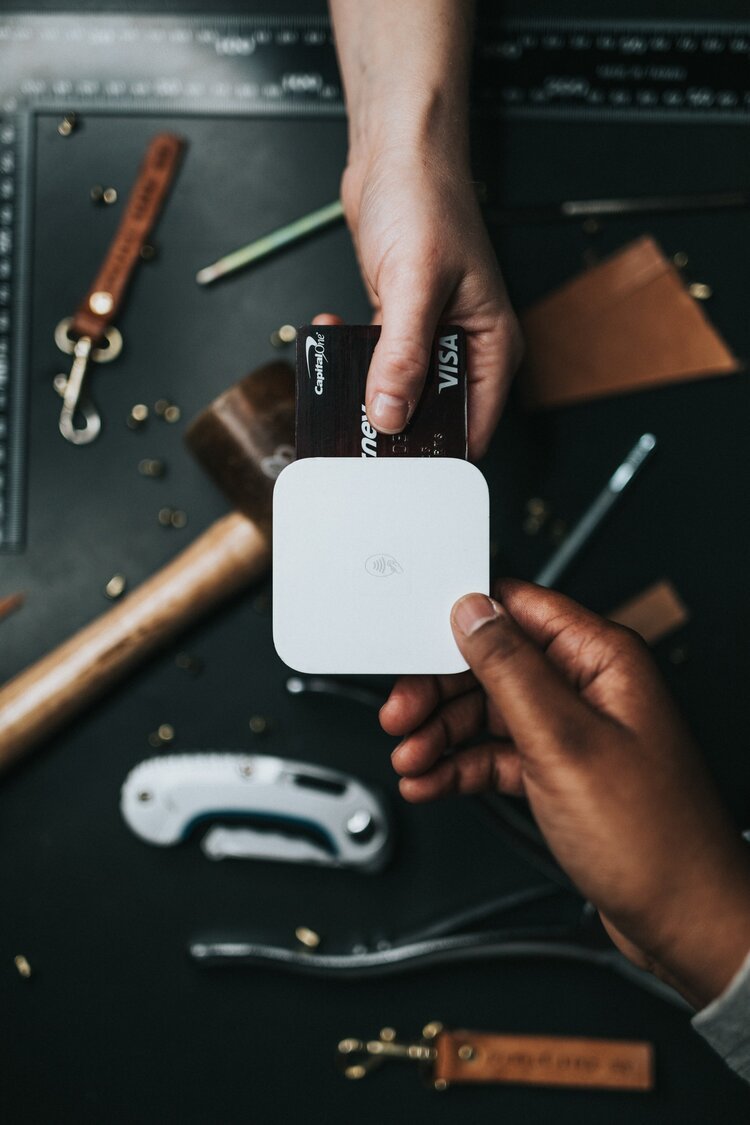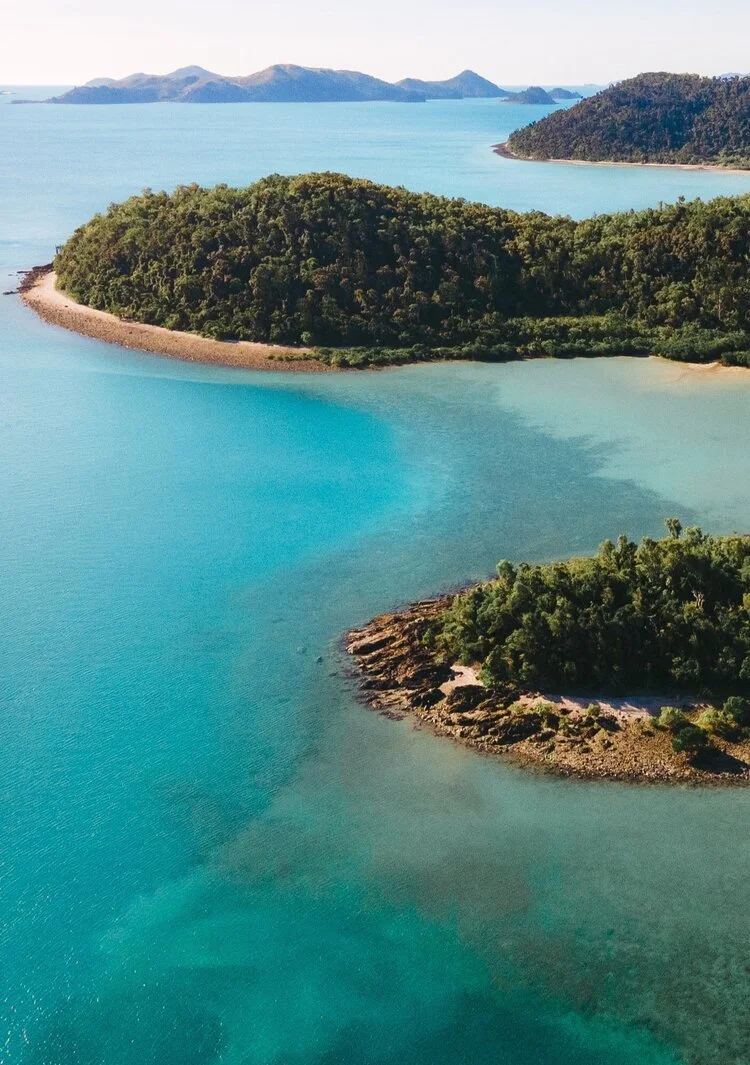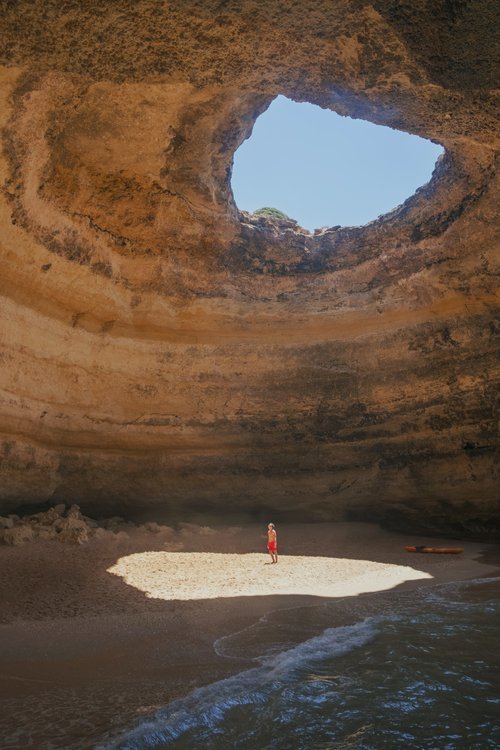How to Plan 101: Planning Tips & Tricks
Planning a trip is an all-consuming, invigorating, and somehow overwhelming process. Whether it’s a two-day vacay in the snow-capped mountains of Andorra or a 5-day road trip through Spain’s southeast coast, the process itself can be cumbersome enough to engulf you.
From logistics and visa hassles to planning where to plant ye ol’ booty for the night, a lot of work is bubbling up behind the scenes. Nevertheless, over the years of unfortunate failures and staggering successes, I’ve somewhat managed to perfect the planning process. You can apply the following tips and tricks to help turn your fantasies of frolicking around a new terrain into a revitalising reality.
Here’s what we cover in this planning guide:
Step One: Determine the Destination, Trip Length & Time
Plan a Modifable Itinerary
Step Two: Costs, Travel Budget & Research
Step Three: Book Flights & Accommodation
Organise Your Travel Documents
Step Four: Nail the Details
FAQs
Save yourself the stress of scheming your next getaway with these simple, step-by-step tips. Let’s do this!
Step One: Figuring out the When, Where, & How.
Choose your location.
When you’re sitting in a dreary office meeting, listening to the boss incessantly yap on about what needs to be improved, and you murmur to yourself, ‘‘I need a vacation,’’ there’s usually a destination in mind.
Whether it’s somewhere sunny like sublime Malta or a bustling playground like Bangkok, each location has something to offer.
Defining your destination sets a clear-cut goal that you can work towards.
Choose your location and try to be as specific as possible. For example, don’t just choose ‘Australia’; choose a city, like ‘Cairns’. Look at a map and brainstorm the possibilities if you’re having trouble nailing it down to just one spot.
Circle the towns, cities, and attractions that stand out the most.
Do your research by checking out various blogs, photos, websites, videos and posts by others who’ve travelled there recently. This will give you a more realistic picture of where you want to go.
Choose when you want to go.
Deciding when you’ll embark on your adventure is generally limited by a crowd of constraints. Feasibly speaking, you need to ask yourself how much time you’ll be able to take off from work/school/your other commitments. When choosing a time to visit your desired destination, be sure to consider the following points:
The season: High season is when tourism booms and doors are wide open, whereas off-season offers discounts, fewer crowds, and cheaper prices. Ask yourself, what type of vacation are you looking for?
The climate: Do you want to spend a few days baking your buns in the sun, or are you interested in skiing in the snow? Do you mind travelling in colder weather?
The company: Are you more inclined to set sail solo, or do you prefer a partner in crime to brave the roads with? Both have an abundance of benefits, each on their own. Solo travel opens you up to a world of possibilities; you can set your own timetable and tick everything off your own bucket list. Travelling with someone allows you to split costs, share the planning process, and provide you with a company sure to leave you with memorable experiences abroad.
Plan a flexible itinerary.
Create a loose travel schedule. When I say loose, I mean it! Think as loose as your grandma’s eye bags. Planning too far ahead can backfire because, let’s face it, things hardly go as planned. That’s just life. Aim for spontaneity, and allow plenty of time for hidden gems, local insights, and unforeseen events that will pop up along the way.
Jot down a few places you want to visit and some things to do. This could include museums, restaurants, markets, shopping opportunities, national monuments, outdoor activities, national parks, cafes, bars, nightlife, waterfalls, volcanoes, exhibitions, events, etc.
Don’t forget to think about the pace you plan on taking aboard. Be realistic and don’t overwhelm yourself with many monuments one after the other. I’d recommend setting a steady pace to fully immerse yourself in each site you visit. There’s honestly so much beauty in slowing down and exploring the city's depths.
Step Two: Figuring Out the Logistics
Assess your travel costs.
What’s the plan? Are you a champagne bubble bath, 5-star hotel type of girl, or do you prefer slumming it with several other backpackers crammed into one room?
The total of your vacation depends entirely on how you decide to splurge your cashola.
Be sure to note the following:
Flights or other means of transportation (bus, tram, train, taxis, Uber, etc.)
Accommodation
Car/motorbike hire & bond
Petrol/gas costs
Top Tip: Make sure you overestimate rather than underestimate! There’s almost always something that pops up along the way.
Build yourself a budget.
Let’s just say you’ve tallied the total cost to around $1000, and your trip is only four months away. That would mean you’d have to save $250 monthly for the next four months to make ends meet.
First things first. To start saving money, you need to have an idea of your income and your expenditure. Get your glasses on; it’s time to get geeky. Budgeting! My speciality.
Write down all of your current expenses. These include your rent, mobile phone plan, bills, transport, gym membership, small purchases, and anything else you spend throughout the month. By writing everything down, you can revise how you’re spending your money and how you can cut it back to the basics.
More than often, you’ll find it’s those spare-of-the-moment, everyday splurges that bleed your bank account dry. Don’t forget that iced latte, as well as that sweaty Saturday night dance-club session, does eventually add up…
Money management isn’t exactly sexy, per se. But, it just so happens that there are a handful of creative ways to inspire yourself, or rather, trick yourself into putting away enough money to set off on your next adventure.
I’ve compiled a list of ways to stop yourself from splurging and salvage your source of income instead. Check out this detailed post on Creative Ways you can Save Enough Money to Travel.
Get your research goggles on.
While you're subjugated to saving, treat time as the essence and delve into the depths of your destination.
If you’re strategic and think ahead, you can save some serious dosh by investing your time in quality research. Scouring the plethora of possibilities on the internet is not easy, but it’s well worth it if you want to save money!
Search for travel tips, hidden gems, sightseeing passes, culture and tradition, language, currency, how to get around, etc.
Top Tip: If you’re heading somewhere that boasts a different language, do yourself a favour and brush up on some light vocabulary and phrases.
This always works a charm with the locals, and it’ll make your stay that much more enjoyable and memorable! Who knows, you might find yourself with some free Ouzo shots in Santorini or another complimentary round of tapas in Barcelona.
One of the best parts of researching a destination is the inspiration it stirs up within you. If you’re falling short of motivation, check out Pinterest, travel blogs, Instagram, Airbnb Experiences, Trip Advisor, etc. Thanks to modern-day technology, many sites out there are sure to persuade you to get off your behind.
One last note for the research process: Investigate whether or not you’ll need a visa. Can you obtain a visa online on arrival, or can you only get it in your country of origin? If you’re unsure about the whole process, check out your country’s visa websites for the most accurate info:
Opt for a travel credit card.
Finance fanatics, this one’s for you! In today’s day and age, the vast majority of credit cards are associated with major airlines. A travel credit card will allow you to earn points for every dollar you splurge.
Investing in the right travel credit card will allow you to fly through those dreadfully lengthy airport security lines and indulge in airport lounges. You can score many benefits, from free checked baggage and in-flight Wi-Fi to upgraded first-class seats.
Not only does a travel credit card make your extraneous escapade more enjoyably economical, but if you concoct a plan and opt for the right card, you’ll reap much more than just the benefits.
So, whether you’re heading on a Jurassic-esque adventure through the verdant jungles of Bali or exploring a weekend in the lively cobblestone streets of charismatic Ibiza, a travel credit card is worth checking out.
International travel is almost always an adventure into the unknown. Navigating a foreign language, culture, and country is one of the most rewarding experiences.
Sometimes, amid your voyage, unforeseen ‘surprises’ can pop up that we, unfortunately, have no choice but to endure. Pursuing practical financial advice should be a priority when planning your adventure. To avoid the unwanted financial hassle that unpreparedness can bring, I’ve done the homework for you and compiled a comprehensive list of the Best Travel Credit Cards.
With ample options, it’s hard to know what to choose. This post explores numerous credit cards and will hopefully help you determine which aligns with your travel goals.
Step Three: Set your plans in stone.
Reserve your flights and accommodation.
Once you decide, buckle down and book your flights and accommodation. Ask yourself the following questions:
Which airport will you fly to?
Would you consider a round-trip?
Will you be flying back home from the same city?
Would you consider booking multiple connecting flights?
Let’s be honest. Nothing is invigorating about scavenging thousands of flights to find the cheapest one. And with an influx of search engines and incessantly fluctuating prices, it can feel overwhelming. But there’s no need to fear. Frugal flights are out there; you must have a few tricks up your sleeve.
I’ve compiled a list of some of my best tips to avoid spending hours scrolling through a never-ending scavenger hunt and to help you save some serious cashola. Check out my post here on How to Score Cheap Flights.
And when it comes to accommodation, don't wait until the very last minute. This can vary on how long your vacation will be and what your plans are. If you’re travelling long-term, it’s best to book a few days ahead (considering it’s not during high season) and then wing it as you go along. Always keep in mind that your plans can very well change when you get there.
When booking accommodation, ask yourself the following question:
What location is best suited to you? Are you after something centrally located or a quieter neighbourhood instead of a bustling backpackers area? Are you going to be relying on public transport to get around? Is the neighbourhood safe and secure? Generally speaking, the closer it is to a city, the higher the price tag will be.
Get your documents in order.
Keep your passport, travel documents, visas, and similar items in a safe travel wallet or document organiser.
I’d suggest making a few photocopies and emailing those to yourself as a backup. If your stuff somehow gets stolen or lost, having extra copies will save your ass.
The nitty gritty, last-minute to-do’s.
Notify friends and family that you're heading off on an adventure.
Register your trip on your country's Smart Traveler program.
Get all the required immunisations and medical tests done well beforehand.
Familiarise yourself with common scams by reading up on other travellers’ experiences.
Bring a backup credit card. And store it in a different spot than your other cards.
Check out data/internet access. Will you buy it immediately at the airport, or will you venture into town to find the best deals?
Download some helpful apps, such as Google Translate and Google Maps. I recommend downloading the offline map for your destination on Google Maps. Make sure your GPS is turned on!
Part 4: Rounding Up the Details
Gather everything you'll need.
Investing in the right gear can make travelling a breeze, whether you're a seasoned traveller or a first-time flyer.
It isn’t easy to pin down my favourite travel must-haves into a short list, but here are nine items you simply can’t miss.
Pack light.
Sometimes, packing with a minimalist mindset can feel like you have to compromise on both style and comfort and give up on everything to accomplish a task that once seemed impossible.
In truth, travelling light is quite the opposite. It involves being conscious of the small additions that can quickly accumulate. It's similar to crafting a burrito - one wants to include as many tasty Mexican delicacies as possible without causing the burrito to burst.
Preparing for a trip has always been a significant struggle for me. In the past, I would arrive at the airport with a whopping 35kg of luggage for just a one-week vacation. It was pretty embarrassing.
I’ve compiled some of my best-kept organisation secrets and the small changes I’ve learned to implement over these years of travelling. Once you learn to pack smarter and lighter, you’ll reap the benefits as your life on the road becomes much more mobile, easier, and effortless.
Think of it as you’re transitioning from a mule to a bird. Lightweight, feathers and all… Say adiós to those hefty luggage fees incurred at the airport; now’s the right time to learn how to become a pro packer. A pr-acker, to be precise… Check out this post on How to Pack Light.
FAQS
How do I plan a perfect trip?
Firstly, decide on the destination and the best time to visit. Book your flights and accommodation in advance, and consider travel insurance if necessary. Research different activities, attractions and day trips add them to your itinerary and set up a travel budget.
What 4 things do you need to consider when planning a trip?
You need to consider the destination and the duration of your trip. Then, plan your flights, accommodation and activities.
How early should you plan a trip?
You can begin planning a trip as early as 6-12 months in advance, but even 3-4 months is adequate. If it’s a destination close by, two weeks to 1 month is plenty of time to plan a travel itinerary.
How do you plan a trip from start to finish?
Determine the travel dates and trip duration, then decide on a destination. Research areas to stay and book your accommodation and flights. Make a brainstorm of all the activities, highlights and day trips you don’t want to miss. Plan out an itinerary and don’t forget to leave room for spontaneity.
Lights, Camera, Action.
Passport and documents? Check. Aunt Sally’s suitcase? Check. More than one pair of underwear? Check. Amid virtually every voyager’s adventure, packing calamities inevitably emerge. For some, it’s sort of an unofficial, inexorable guarantee.
At least every single one of us, myself included, has rocked up to a sweltering summer hot spot, only to discover you’ve ingeniously forgotten your bikinis back home.
Packing fiascos can range from marginal to catastrophic, but the majority can be adeptly averted. Whether you’re jetting off on your first flight or you’re a seasoned sightseer, a painstakingly precise packing list will be your biggest ally.
I’ve compiled a comprehensive, international checklist encompassing everything from meticulous must-haves to typical toiletries. Be sure to check out this Ultimate Packing List.
Now, all that’s left to do is remove your butt-cheeks from that sofa and dive into your next adventure, balls deep.
















Rome is known for its historical monuments, colourful culture and delectable cuisine. There’s plenty to pack into your itinerary, but if you tire of Italy’s capital, escape on one of these day trips from Rome.